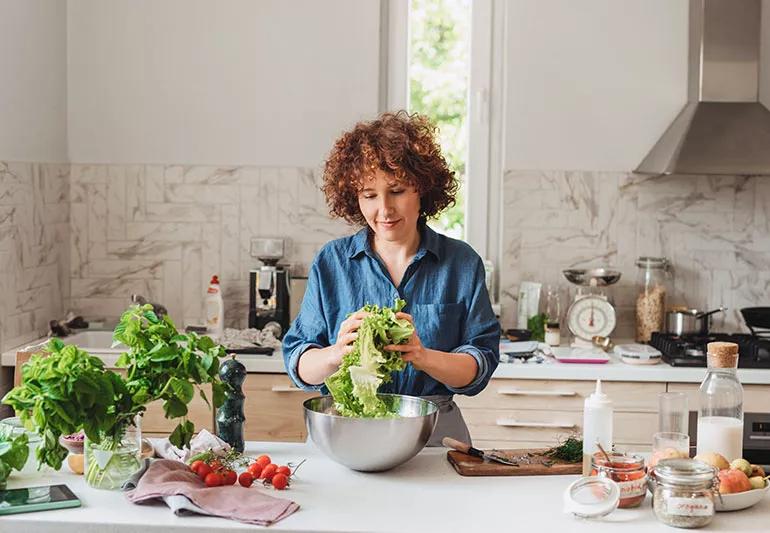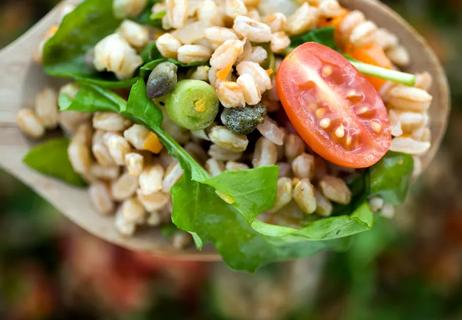
Breastfeeding latch, or simply latch, refers to how your baby’s mouth attaches to your nipple and areola when breastfeeding (chestfeeding). Your baby needs to latch on to your breast to begin taking in milk and gain nourishment. Exactly what a good breastfeeding latch looks like can vary. So, don’t pressure yourself to have a so-called “perfect latch” (there’s no such thing).
Advertisement
Cleveland Clinic is a non-profit academic medical center. Advertising on our site helps support our mission. We do not endorse non-Cleveland Clinic products or services. Policy
Breastfeeding experts advise finding a comfortable position for breastfeeding and using simple measures to help your baby latch. But if your baby has certain medical issues (like tongue-tie), latching on for breastfeeding might be more challenging. Plus, every baby is different. What’s easy for one parent to do might be harder in your situation. And that’s OK. It’s just a matter of finding what works best for your baby.
If you’re having difficulties with getting your baby to latch, don’t give up. And don’t hesitate to reach out for support. Talk to a breastfeeding medicine specialist (a medical doctor with advanced training in breastfeeding management) or lactation consultant. These healthcare professionals can offer tips on how to get a good latch.
Advertisement
Learn more about our editorial process.
Advertisement

Great for a quick meal at home or to bring to a potluck dinner.

It’s the flavor of fall, but it’s good to be wise about how you consume it

Dietitian-approved + little prep time needed.

A delicious combination of texture and taste.

Type 2 diabetes isn’t inevitable with these dietary changes

Applying a hot or cold compress can help with pain